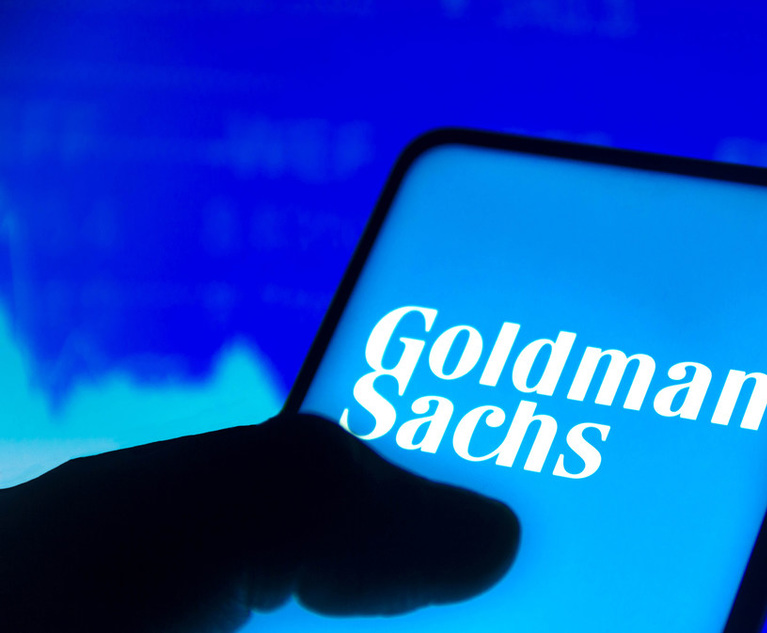On June 18, the U.S. Supreme Court in Trump v. Hawaii finally acknowledged that its decision in a Japanese-American case in World War II, Korematsu v. United States (1944), was in error. It took 74 years to make that admission, even though it was widely recognized since the 1980s that both Korematsu and Hirabayashi v. United States (1943) were fundamentally in error.
In those decisions, the Supreme Court upheld a curfew and detention of Japanese Americans, many of them U.S. citizens. With no evidence of disloyalty or subversive activity, the court deferred to executive claims, including those of General John DeWitt who believed that all individuals of Japanese dissent are “subversives” belonging to “an enemy race” whose “racial strains are undiluted.” The Justice Department prevailed in court in part by claiming that Japanese Americans in California had signaled to Japanese submarines offshore. The FBI and the Federal Communications Commission denied such claims, but the government withheld that evidence from the courts. Hirabayashi and Korematsu returned to court in the 1980s after newly discovered documents revealed that executive officials had committed fraud on the judiciary. The lower courts vacated their convictions for that reason. Despite those actions, the Supreme Court did not correct its errors in the 1943 and 1944 decisions.


 U.S. Supreme Court building
U.S. Supreme Court building




